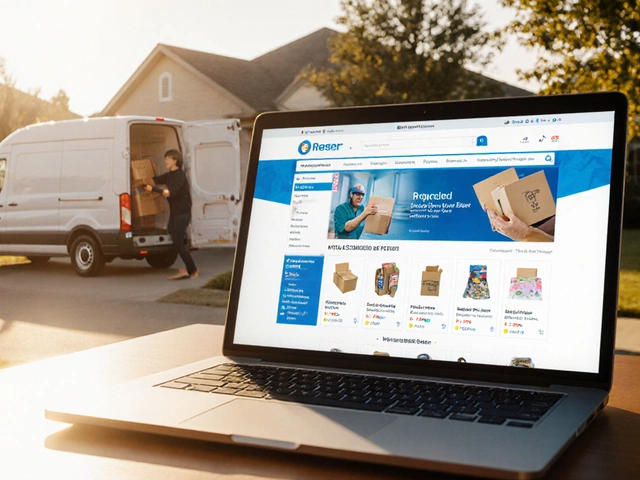Understanding Payment Structures for Removals and Logistics
When you book a removal or logistics service, the way you pay can feel confusing. Is it a flat fee, an hourly rate, or a mix of both? Knowing the options helps you budget better and avoids surprise charges at the end of the job.
Common Payment Models
Most companies use one of three main models. A fixed price covers the whole job from start to finish – you get one number and know exactly what you’ll pay. An hourly rate adds up based on the time the crew spends packing, loading, and driving. Finally, a milestone system splits the total into chunks, like a deposit up‑front, a mid‑move payment, and a final balance when everything is delivered.
Fixed prices work best for straightforward moves with clear distances and inventory. Hourly rates suit complex jobs where the amount of stuff or access issues could change the time needed. Milestone payments are handy for larger commercial relocations where cash flow management matters.
Deposits, Extras, and Hidden Fees
Most providers ask for a deposit – usually 10‑30% of the quote. This secures your slot and shows the company you’re serious. Keep an eye on the deposit policy: is it refundable if you cancel early? Does it count toward the final bill? Ask before you sign.
Extra charges can pop up for things like stair carries, long‑carry distances, or packing materials. Good companies list these items in the estimate, but always ask for a clear breakdown. If the quote says “additional fees may apply,” request examples so you know what to expect.
Another hidden cost is insurance. Basic coverage is often included, but higher‑value items may need extra protection. Ask how much coverage you get and the cost of upgrading it. It’s better to pay a small fee now than to lose a valuable piece later.
Payment methods matter, too. Credit cards can add processing fees, while bank transfers are usually free. Some firms offer discounts for cash or direct debit. Compare the total cost after fees before you decide.
To keep everything transparent, request a written contract that outlines the total price, payment schedule, and any terms for extra work. A clear contract protects both you and the mover.
When it’s time to settle the final bill, do a quick walk‑through. Check that every item on the inventory list is accounted for and that the condition matches the agreement. If you spot damage, note it and discuss it before signing off.
In short, understand whether you’re paying a flat fee, hourly rate, or milestones, know the deposit rules, watch for extras, and get everything in writing. Armed with this knowledge, you’ll feel confident budgeting your move and avoid nasty surprises at the end.
February 4, 2025
Evelyn Wescott
0 Comments
Have you ever wondered how couriers make a living? While many assume that they are paid by the number of parcels delivered, the truth is more complex. Various factors, such as contracts, delivery volume, and company policies, influence their earnings. Understanding these nuances can help one appreciate the challenges faced by couriers. Dive into the detailed exploration of a courier’s earning model to uncover the reality behind their pay structure.




